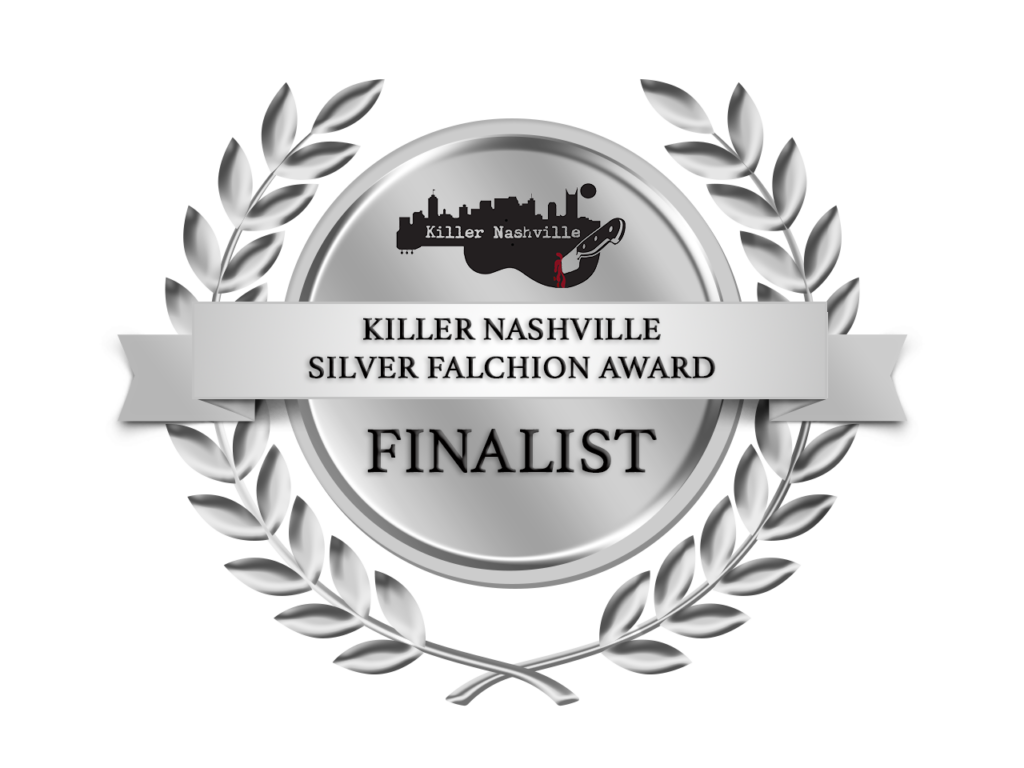In gathering links for this post, I realized the web is already alight with stories about Quicksilver — not the element, but the Marvel character. This isn’t one of those stories. 🙂 This is about historic philosphy instead!
It may be common knowledge to others, but I was surprised when I realized during my research that “quicksilver” is an antiquated name for mercury. “Use the noun quicksilver when you need a more poetic way to talk about the element known as mercury,” suggests Vocabulary.com. The charming dictionary entry goes on to explain that mercury, the only metal liquid at room temperature, gets the name “quicksilver” from the original Latin, argentum vivum. Most references note the literal meaning of “quick” as we know it today, inferring that mercury was named for its “mobility” compared to other metals. A few also brought up another possible association of “quick:” alive.
We usually think of alchemists as being obsessed with gold, but mercury — along with salt and sulfur — was considered one of the building blocks of the world, the metal which other metals came from. In fact the Hindu word for alchemy, “Rasasiddhi,” means “knowledge of mercury.” Reading this, I started to wonder: where on earth were ancient people finding a liquid metal?
And that’s when I came across another familiar name: cinnabar! I remember reading about cinnabar as an element in dyes, especially red dyes used in ancient China. It turns out, cinnabar is a mercury sulfide, and our primary source of mercury both historically and today. The red mineral is mined and heated, and as its temperature rises the mercury escapes as a vapor (that is, it literally boils out). Those fumes are collected and cooled into the liquid we’re familiar with seeing in thermometers or hearing about “mad hatters” using to treat their felt.
Unfortunately, that brings us to the dark side of quicksilver. Mercury and all its friends — cinnabar included — are toxic. The element has a long history of poisoning people, from Roman mine workers to syphilis sufferers to marine environments. (Not to mention some modern people working with gold . . . did anyone else listen to the podcast S-Town?) Even though reading about European alchemists theorizing that gold could be made using mercury or hatters using urine to treat fibers can feel like fantasy, there are real-world ramifications involved. Perhaps that danger is, in part, why mercury was once described as having a “life” of its own.
Selected Sources:
Henwood, Bridgett. “The science behind S-Town’s mercury poisoning mystery.” Vox.com. https://www.vox.com/science-and-health/2017/4/14/15178528/s-town-podcast-mercury
King, Hobart. “Cinnabar.” Geology.com. https://geology.com/minerals/cinnabar.shtml#:~:text=Cinnabar%20is%20the%20only%20important,be%20condensed%20into%20liquid%20mercury.&text=The%20bright%20red%20pigments%20known,were%20originally%20made%20from%20cinnabar.
“Mercury: Element of the Ancients.” Dartmouth’s Toxic Metals. https://sites.dartmouth.edu/toxmetal/mercury/mercury-element-of-the-ancients/
“Quicksilver” entry. https://www.vocabulary.com/dictionary/quicksilver






1 Pingback